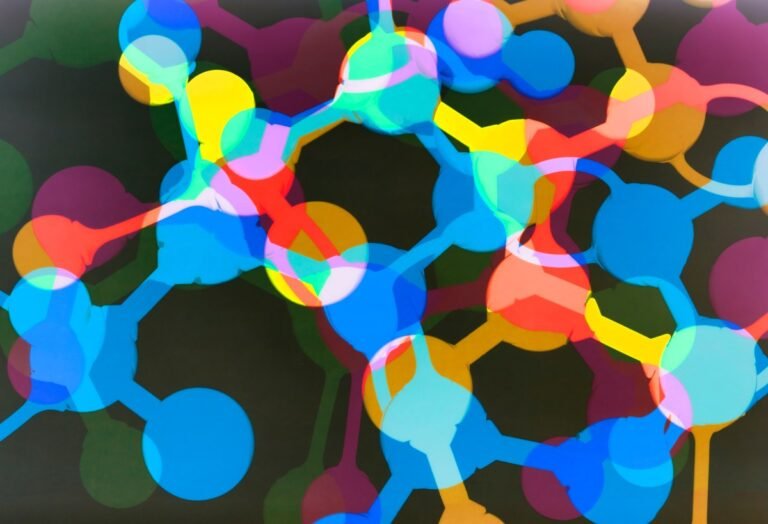IndieBio’s Bay Area incubator is set to debut its 15th cohort of biotech startups. We singled out a few that made some important, bordering on ridiculous, claims that could pay off in a big way.
Biotechnology has emerged in recent years to touch adjacent industries as companies discover how much they rely on outdated processes or even organizations to get things done. So it might not surprise you that there’s a microbiome company in the latest batch — but you might be surprised to hear that it’s the microbiome of copper ore.
I spoke with IndieBio’s chief scientist, Wes Dang, about the companies I found most promising or challenging, and he assured me that while they may sound a little strange, these companies are serious and the IndieBio program does a lot of vetting.
“We’re all techies by background, several PhDs, myself included — we curate together. We all look at the papers and some of us dig in and check the facts and assumptions,” he said.
Stream Genomics is perhaps the most easily understood of the new group: a genome sequencing method and device that is faster and cheaper than runaway market leader Illumina, and most importantly reduces the need for wet-lab preparation that still takes a lot of time and expertise.
There are cheaper sequencers out there, but because Illumina is so deeply embedded, the cost of switching is high, especially if you’re only saving money on the sequencing step. Stream Genomics’ approach minimizes sample preparation and reagents used (sequencing is not circular) while shifting much of the computational load to the cloud. They say it’s orders of magnitude faster and cheaper.
“With Stream, you simply watch the nucleotides being incorporated in real time, looking at the colors associated with the As, Ts, Gs, and Cs that appear, and you do it without a huge computational burden,” Dang said. “It’s the equivalent of streaming versus downloading a Blu-ray.”
Illumina is too big to completely shift, but smaller operations will likely appreciate a faster, less involved sequencing option than sending it to a third party (which can take weeks or months) or building their own sequencing lab (expensive ).
Another company looking at a potentially huge change is AquaLith, a battery tech startup that claims (we covered them last year) to have found a silicon anode material that resists the type of long-term wear and tear it’s typically subjected to. The specifics are certainly in the weeds, but the company plans to only sell the material to battery makers that already have the means to make batteries of this type, but need the silicon mixture — “Basically a slurry,” Dang said — that it makes. Aqualith exclusively.


Battery startups and alternative chemicals have come and gone for decades, and only a small fraction end up being anything but a footnote. However, AquaLith apparently solves a very specific problem in an otherwise uncontroversial part of the field. They also have plans to make a non-flammable battery soon. Here’s hoping it works.
Agricultural minerals is starting its journey with a little good old-fashioned advertising gimmick: It’s giving away the first million acres of its synthetic fertilizer for free. “They’re basically doing it as a kind of elasticity,” Dang said. “It’s incredibly cheap to make.”


Fertilizer is a huge cost to farming and you need tons of it to cover a good sized field. But ultimately the crops only need a small amount of the minerals contained in it – so Farm Minerals embeds these minerals in a special super-bioavailable carbon casing. They say 160 grams of it is enough for — check notes — 2 million hectares?!
“As a scientist, I was like this is not working at all,” Dang said after offering a similarly blue-collar assessment. But they looked into it and apparently it does. Also, that means they’re giving away a bowl’s worth of cereal for the trick. Suddenly this place doesn’t seem so wild. That jug pictured above is probably enough to cover the entire country. We will contact the company shortly to see independent validation of these claims.


Transition Biomeining it may be the most science fiction of the companies, trying to, as they describe it, “squeeze the life out of a rock.” The point is this: Only a certain amount of minerals in the raw ore can be easily collected through the (already quite extreme and caustic) physical and chemical processes used today. What’s better than getting 95% of the copper from five gigatons of ore? Taking 98% of it. (I’m making these numbers up.) And if Transition’s method works, someone else will do the job: microbes.
The company aims to test and understand the rock’s microbiome—that is, the unique set of microbes that live in and around it—and modify it so that minerals are extracted by those microbes just doing their job. It won’t replace acid baths and other traditional methods, but it can help make mines more efficient.
There are many more in the lot. Here is a brief description of the others:
- Able Sciences: Self-amplifying RNA that lowers the cost of cell therapy.
- Bryosphere: Age spot treatment made in a moss cell reactor.
- Hypercell: Simple, rapid food safety testing for industrial packaging facilities.
- Water Nutrition: Low carbon whey derived from aquaculture.
- SpiralWave: Plug-and-play cold methanol plasma reactor.
- Reactosome: Gene delivery via a complementary nucleus (!).
- Rybodyn: Finds and characterizes unknown proteins from the “dark protein”.
- California Organic: Supplier of Fermented Organic Ammonia.
- Cereswaves: “Electrofertilizer” that enhances the growth of crops and animals with an energy field (?).
- Oxyle: Mechanical(ish) PFA removal from soil and wastewater.
We’d like to follow up with these companies as they share more about their progress toward these sometimes crazy ambitions. The San Francisco-based incubator’s demo day will be in June, so the companies may have more information to share.
